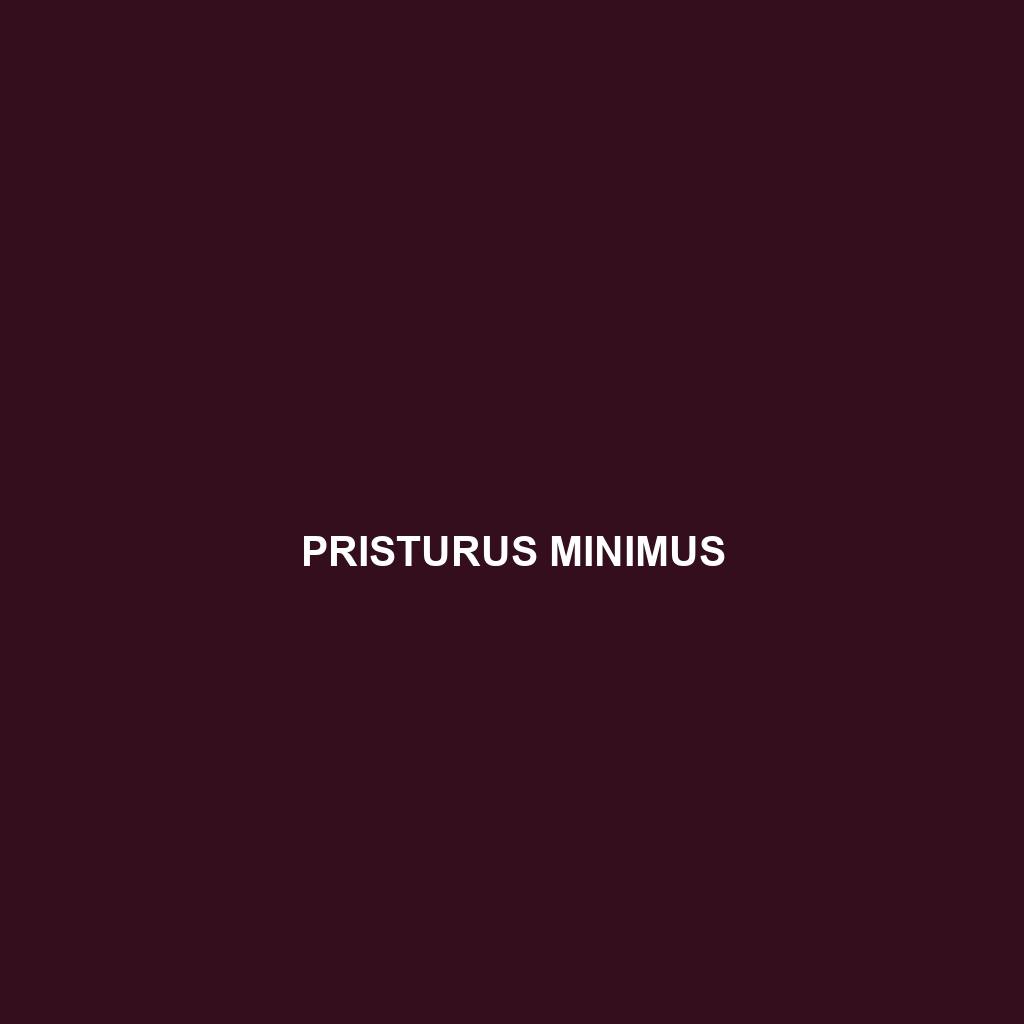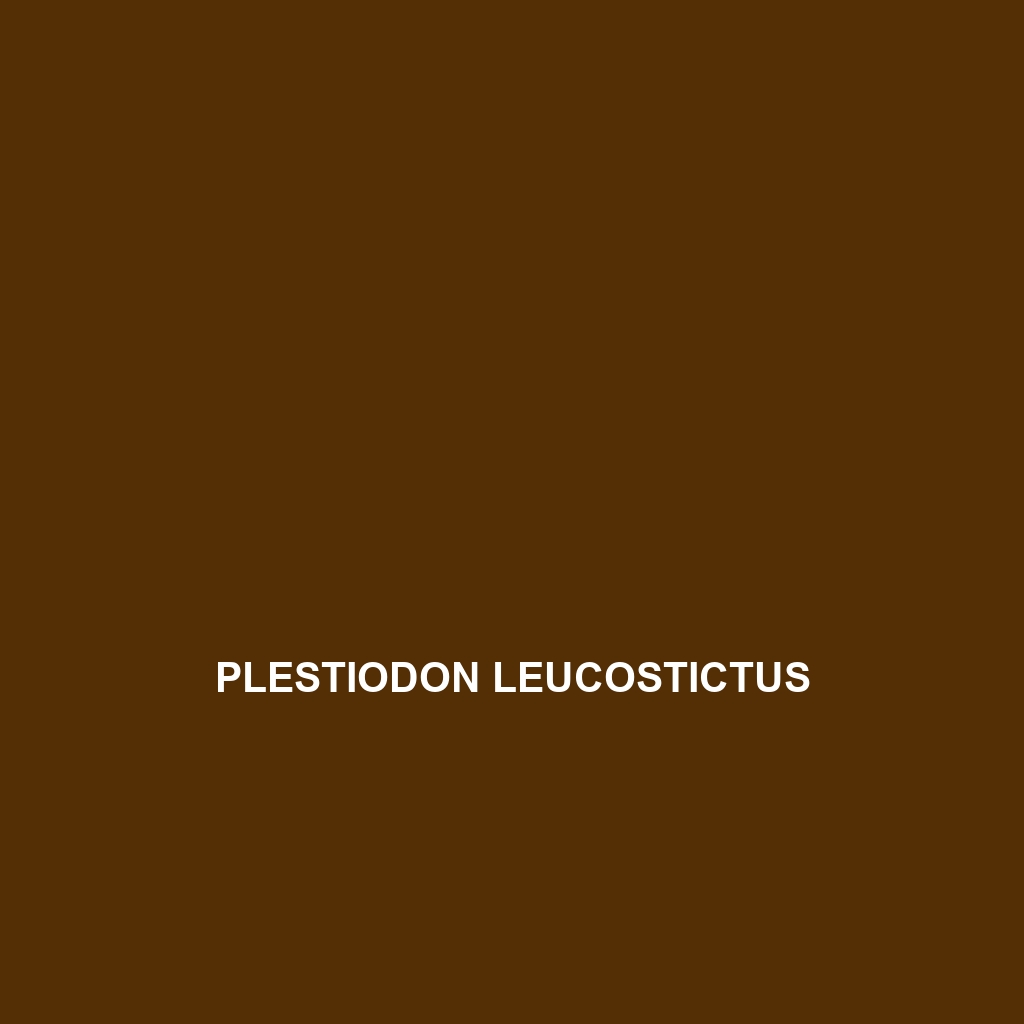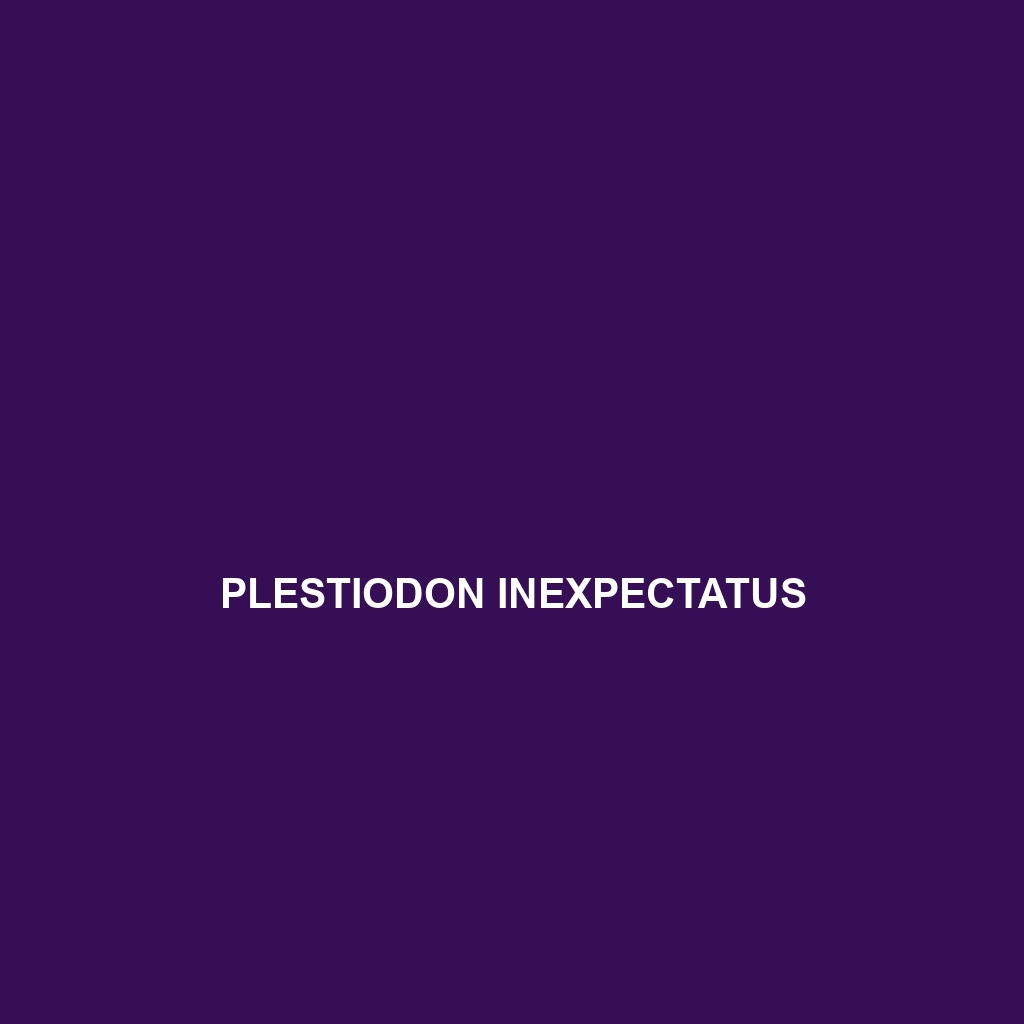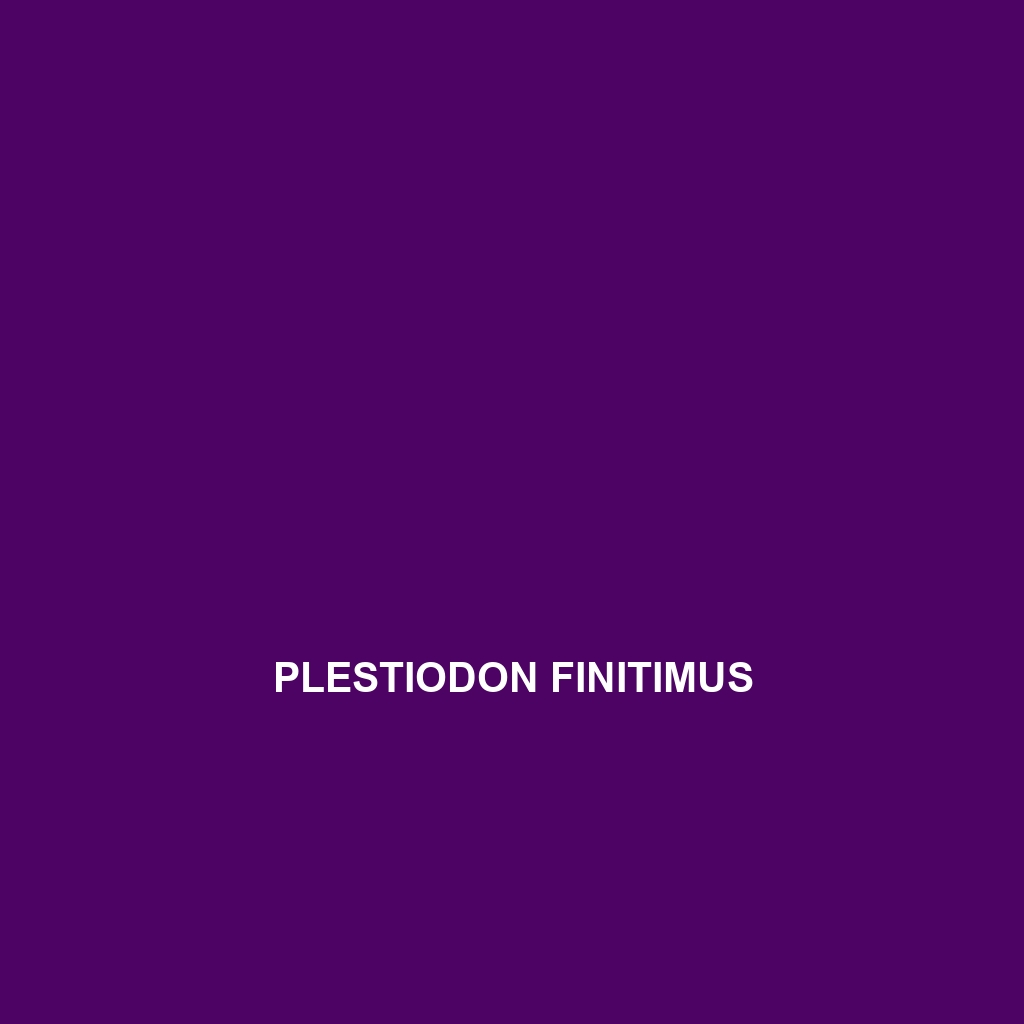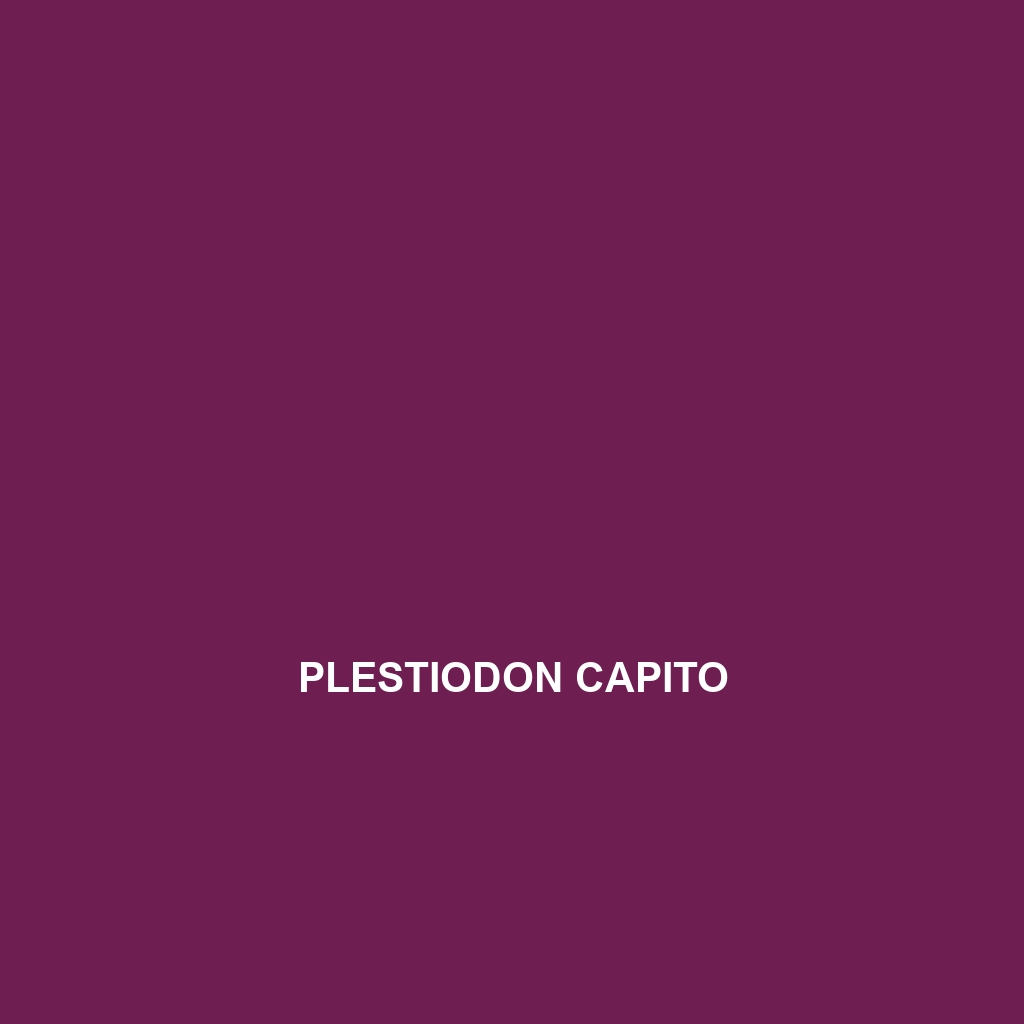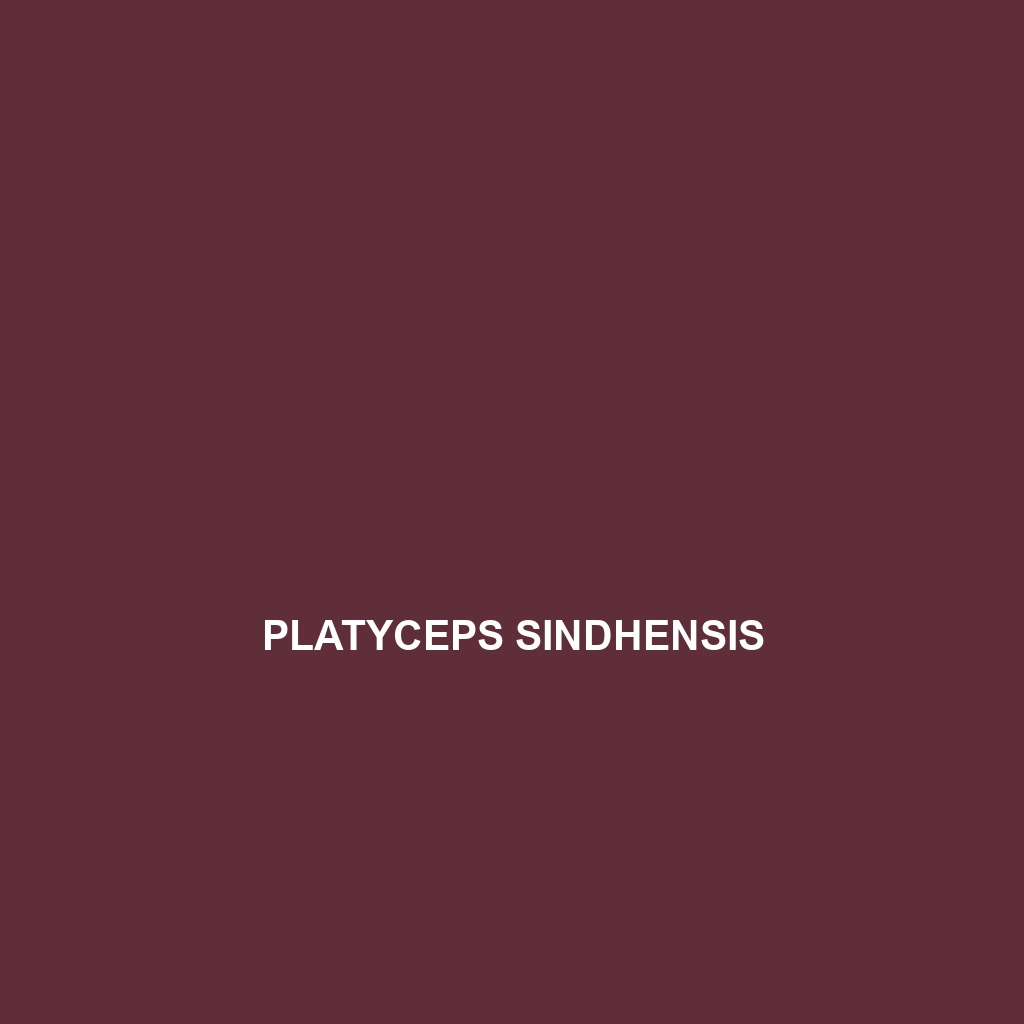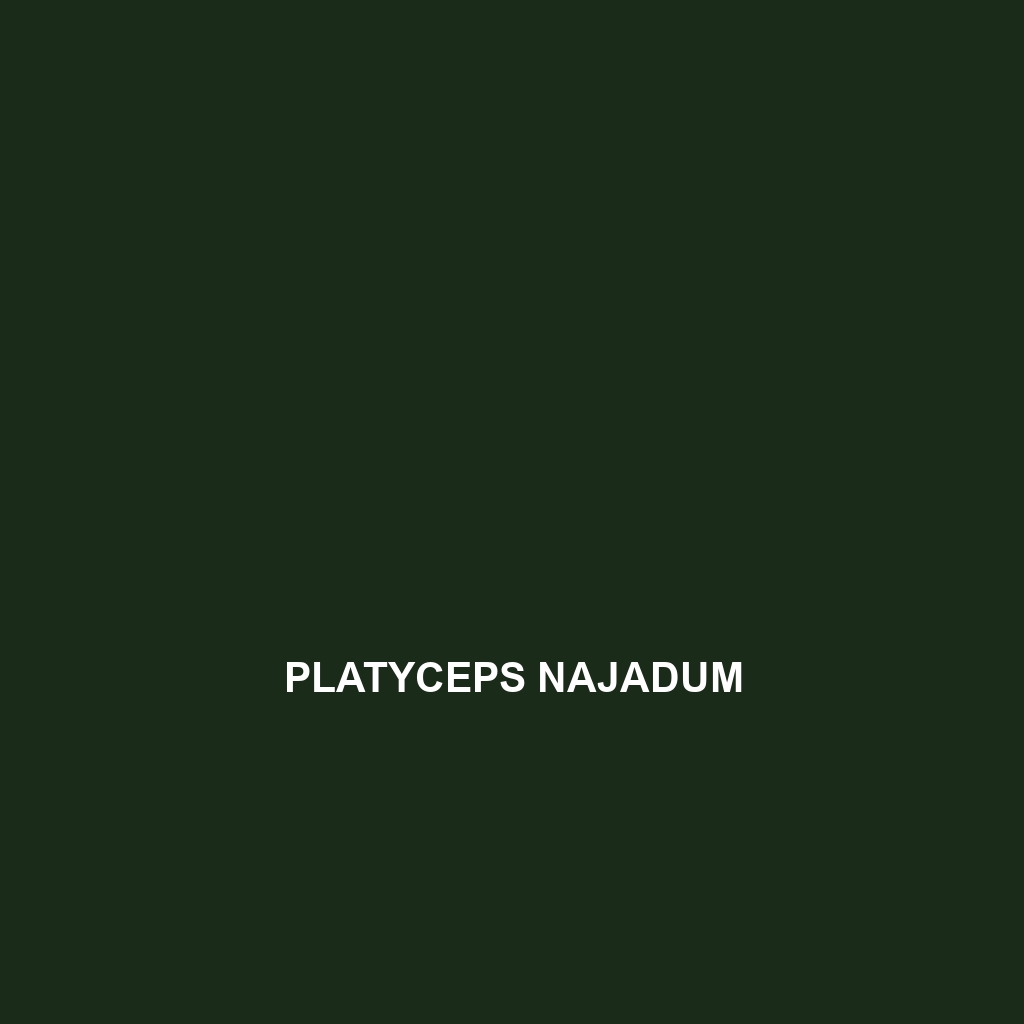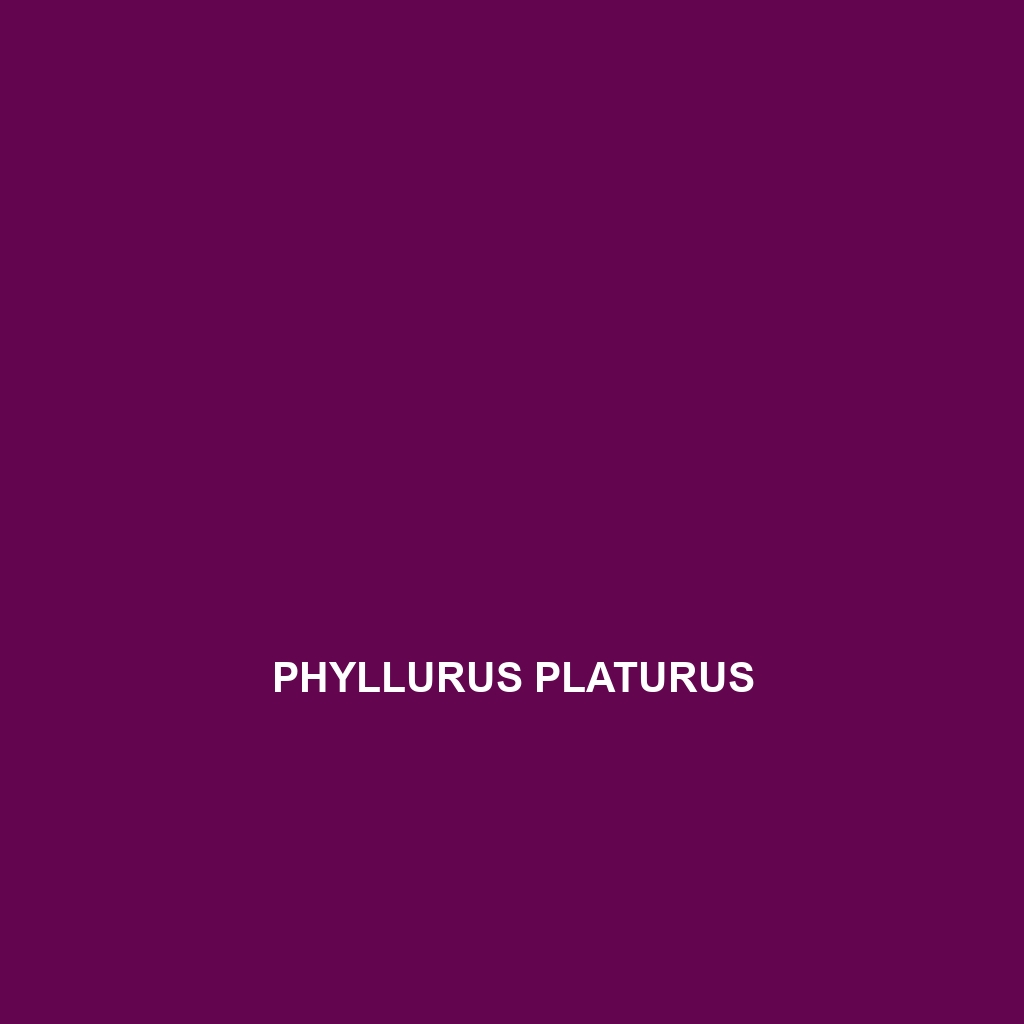<b>Pristurus minimus</b>, or the Lesser Pristurus, is a small gecko measuring 8 to 12 cm, known for its slender body, adhesive toe pads, and nocturnal hunting behavior. Found in arid East African regions, it primarily feeds on insects and plays a critical role in controlling insect populations while contributing to the ecosystem's biodiversity.
Tag: natural camouflage
Rafetus euphraticus
<strong>Rafetus euphraticus</strong>, commonly known as the Euphrates softshell turtle, is a critically endangered species native to the freshwater environments of the Middle East, distinguished by its large, flattened carapace and strong territorial instincts. This omnivorous turtle plays a vital role in maintaining biodiversity and water quality within its habitat while facing significant threats from habitat destruction and pollution.
Pristurus minimus
<b>Pristurus minimus</b>, or the Lesser Pristurus, is a small gecko measuring 8 to 12 cm, known for its slender body, adhesive toe pads, and nocturnal hunting behavior. Found in arid East African regions, it primarily feeds on insects and plays a critical role in controlling insect populations while contributing to the ecosystem's biodiversity.
Plestiodon leucostictus
<b>Plestiodon leucostictus</b>, also known as the Southeastern Blue Skink, is a vibrant lizard measuring 7 to 10 inches, characterized by its striking blue coloration and distinctive white or yellowish spots. This adaptable insectivore thrives in diverse habitats across the southeastern United States, playing a crucial role in controlling insect populations while showcasing unique behaviors such as tail regeneration.
Plestiodon inexpectatus
<p>The <b>Plestiodon inexpectatus</b>, also known as the southeastern five-lined skink, is a vibrant and agile lizard native to the southeastern U.S., known for its distinctive five lighter stripes and smooth scales. This diurnal insectivore thrives in diverse habitats, contributing to ecosystem balance by controlling insect populations while serving as prey for larger wildlife.</p>
Plestiodon finitimus
<h2>Product Short Description</h2> <p><b>Plestiodon finitimus</b>, the prairie skink, is a medium-sized lizard native to central North America, known for its striking olive or light brown coloration with vibrant yellow stripes. This diurnal insectivore thrives in diverse habitats, playing a crucial role in controlling insect populations and contributing to soil health.</p>
Plestiodon capito
Plestiodon capito, commonly known as the southern skink, is a medium-sized lizard residing in the southeastern United States, thriving in temperate forests and wetlands. This agile, diurnal reptile features smooth scales ranging from olive green to light brown, distinctive blue or gray lateral stripes, and plays a vital role in controlling insect populations within its ecosystem.
Platyceps sinai
Discover the striking Platyceps sinai, a medium-sized snake native to the arid landscapes of northeastern Africa's Sinai Peninsula. Known for its excellent camouflage and diurnal hunting behavior, this carnivorous species plays a vital role in controlling local prey populations while exhibiting fascinating adaptations to its rugged habitat.
Platyceps najadum
Discover the Mediterranean Sand Snake, or <b>Platyceps najadum</b>, a slender, agile reptile thriving in sandy soils and diverse Mediterranean habitats. With its unique burrowing abilities and striking coloration, this fascinating insectivore plays a vital role in maintaining ecological balance while showcasing intriguing behaviors during its mating season.
Phyllurus platurus
Discover the Broad-headed Gecko (Phyllurus platurus), a vibrant insectivore native to the rainforests of eastern Australia, known for its distinctive broad head, agile climbing ability, and remarkable color-changing adaptability. As a nocturnal predator, it plays a vital role in controlling insect populations while contributing to the ecological balance of its habitat.
